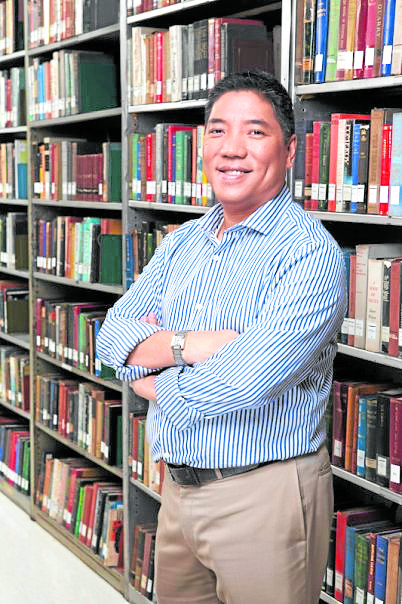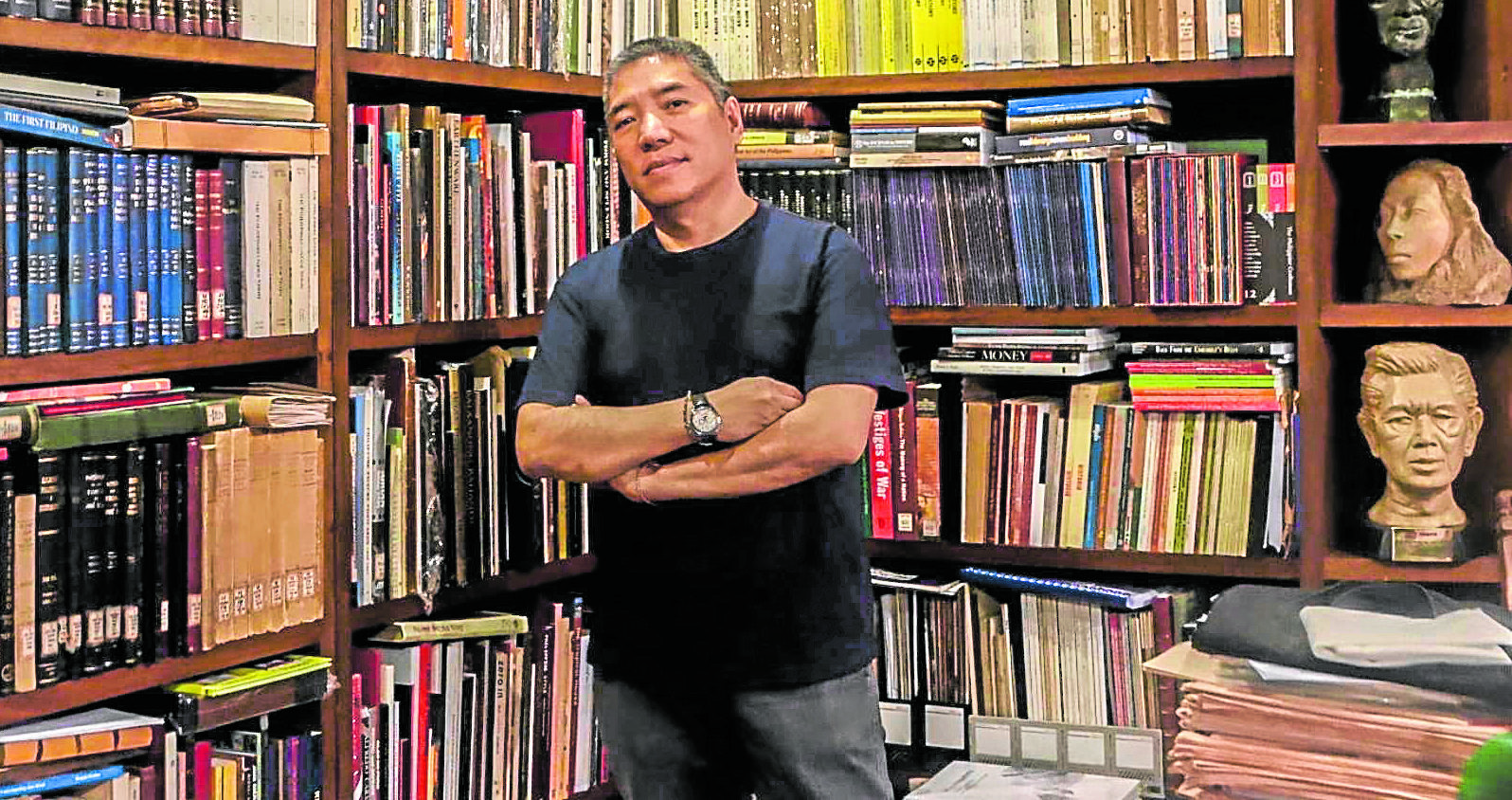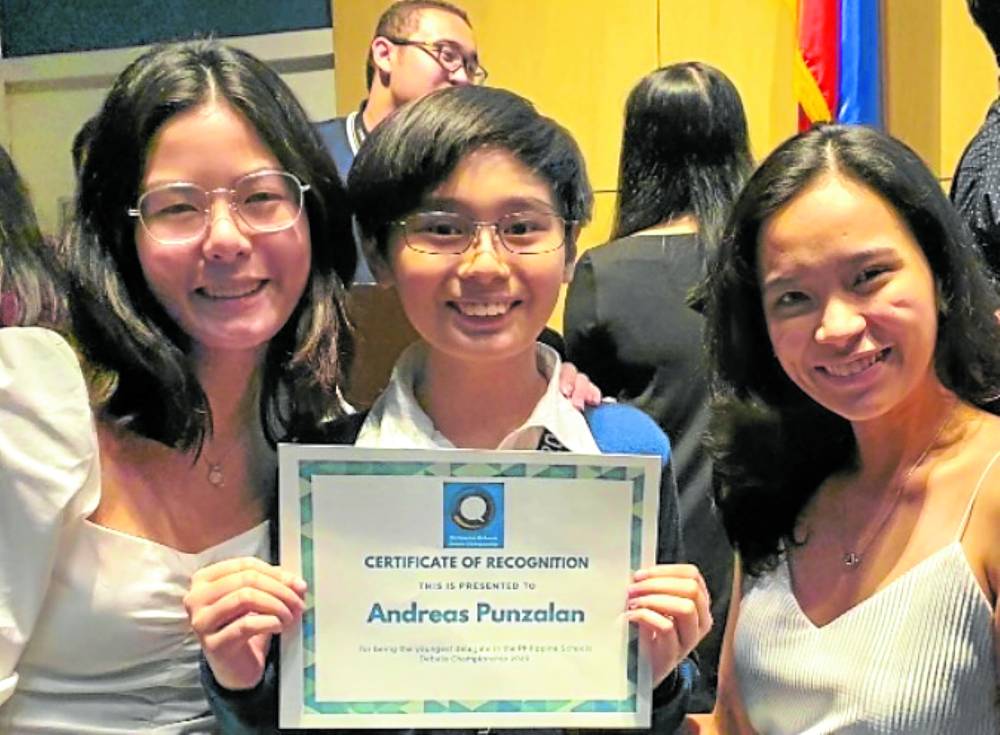The year 2020 will be remembered as one that changed our lives, dividing contemporary history into BCE (Before COVID Era) and CE (COVID era). What do I have to show for these two periods of history?
While the harshest quarantine lockdown in the world unleashed many suppressed bakers, cooks, home gardeners and online entrepreneurs among my friends and relatives, my early quarantine projects made people wince: a will and the slide deck to be played on a loop during my funeral. The choice of memorable images is too important to be left to my favorite niece and nephew who will deliberately choose candid or unflattering photos to lighten the mood of my wake.
Now, well into the CE, I have made a major life transition: moving history to a virtual platform.
Last month, the first three of my 14-volume “Looking Back” print compilations were released on Amazon as ebooks, and I taught my first online undergrad Rizal course under the Ateneo Blue Cloud.
On Sept. 18 and Oct. 2, the hugely successful “History Comes Alive Lecture Series” at the Ayala Museum goes virtual. After 10 years and 31 face-to-face lectures to standing room only crowds that reached over 12,000 people, I go online, pulling up the past to put pandemics and fake news in context, as a means to understand and confront them. I have donated all my lecture fees to the Ayala Foundation this year because proceeds from the lecture series will give internet access to selected public school students for a year and support their education online.
While I have embraced online teaching and designed my modules to impart the conversational tone of my live lectures and the nonthreatening learning atmosphere in my physical classroom, the transition was harder than it looks from the finished product.
Facing faces on small boxes

of communicating in a virtual classroom
Before the new coronavirus disease (COVID-19), my students would groan when given an assignment that required a trip to the library to handle a physical book. With no access to libraries at this time, I had to supply links to digital books from the US Library of Congress, the University of Michigan and the Filipinas Heritage Library. Some readings I supplied as a pdf file.
My students are lucky they never experienced fitting a footnote at the bottom of a term paper page using a manual typewriter as I did. They have never heard of Kate Turabian and often ask, at the beginning of the term, for my preferred academic citation style: American Psychological Association, Modern Language Association or Chicago (that tanders like me know as Turabian style). Their citations are simpler than the ones I learned when I was their age, with abbreviations in Latin like ibid., op cit. and loc cit. that I read out in full the way Harry Potter would cast spells and incantations.
Some teachers presume going online is as easy as recording an hourlong lecture very much as they would in a physical classroom. It is not the same talking to your computer or smartphone camera; it’s not easy facing faces in small boxes on Zoom.
To complicate things further, data privacy allows students to switch off their cameras during Zoom class. In a physical classroom setting, speaker and audience engage beyond speaking, through nonverbal cues. Experience taught me to read the way my students sit, nod their heads, smile, frown, twitch or doze off. These cues make me adjust volume, tone and emphasis to keep them engaged.
Throwing out old practices
A live lecture is presented once at a given time and for 90 minutes. Students are held hostage till the bell rings. One can recover quickly for pauses, fumbles, mistakes and mispronunciations in a live lecture.
Not so in a recorded one, broken up into bite-size segments of 15 minutes maximum. One cannot be extemporaneous in a recording, I had to trim down the slides, reduce special effects and write down the lecture notes to be clear and tight, and avoid hesitation, long silences or dead air, and the occasional mistakes.
It takes two to three hours to record a clean 15-minute lecture, and another hour to produce a transcript required by those who have unstable internet or low bandwidth. The upside is that, freed from a physical classroom, students have the choice to access the lecture any time, at their own pace, and are empowered to pause, mute, rewind, fast forward or stop the lecturer.
Historians work in print or hard copy, and the last technological advance they experienced since Gutenberg invented the printing press, was the introduction of the tablet and the smartphone that has changed the way people read and digest information. While confident about my content, I needed to adapt, throwing out old practices that don’t work on a different platform and learning new ways of communicating.
I have lived long enough to have known a censored press in the twilight of the Marcos period and the thrill of a free press at the dawn of the first Aquino administration. I know, from history and experience, that I don’t want another Marcos administration in the remainder of my life, and do not wish that fate on anyone, not even my enemies.
I have lived long enough to have endured the rudeness of a partyline, and can compare placing a local, long-distance and overseas call through an operator against a smartphone that links my voice or video to anyone in the world on the internet.
Many of the gadgets young people enjoy and take for granted today were way beyond the imagination of my parents’ generation. One has to embrace the changing world or be left behind. Unlike my teachers, in the last century, who professed their content confident in the knowledge that they were preparing their students for life and career after leaving college, I face 21st-century students hoping that History prepares them for a world we do not know.









































